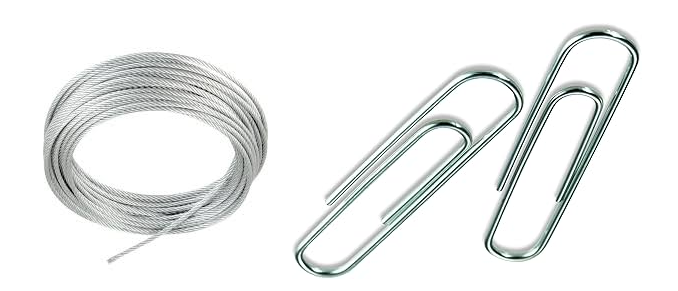Why is it necessary to have the 5:1 safety factor on things like the wire rope or cable on an electric wire rope hoist? Consider the paper clip: one can bend a paper clip perhaps thirty times, and then the paper clip breaks. Wire rope or cable is similar in concept, but there are perhaps 6 strans of 36 wires twisted together, resembling a jute rope or steampunk steel cheroot cigar. As the individul wires flex – and they do perhaps 10+ times per lifting cycle – they fatigue. At some point the fatigue is too great and the wire breaks.
There are wire cables capable of lifting the rated capacity once, and there are wire cables capable of lifting the rated capacity thousands of times over the life of the crane. The wire cable capable of thousands of cycles must be stronger, thicker, or some combination of positive attributes that allow it to suffer more cycles than the lesser cable. Thus the 5:1 rule was born out of years of engineering research and testing. A wire cable that is capable of handling 5x the rated capacity is capable (in most cases but not all) of living through many repeat cycles of lifting and lowering without breaking.

